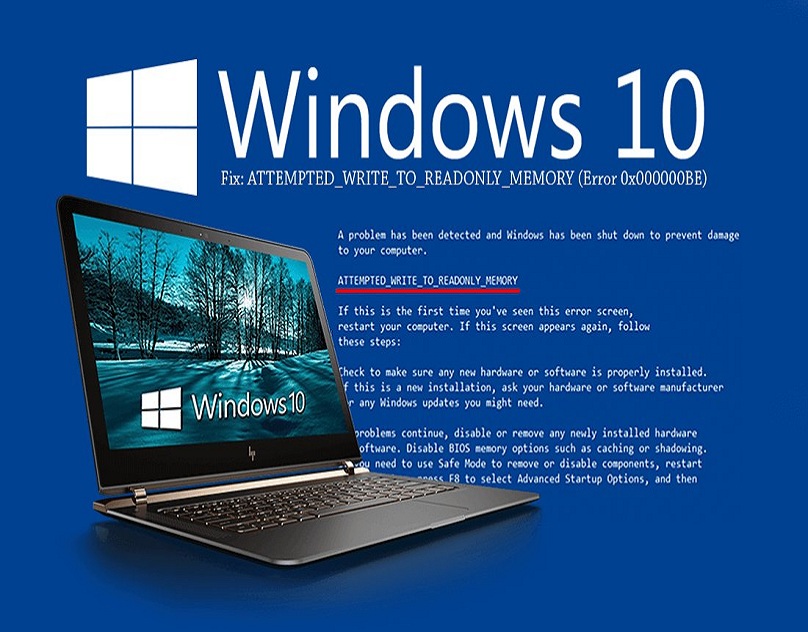
Linux device driver development is a crucial aspect of embedded system designing, providing the interface between hardware devices and the Linux kernel. For businesses like Jenex Technovation PVT. Ltd., offering product solution services in Ahmedabad, Gujarat, understanding the basics of Linux device driver development is essential for creating efficient and reliable embedded systems. This blog post serves as an introduction to the fundamentals of Linux device driver development, with a focus on the landscape of embedded system designing in Ahmedabad.
What is a Linux Device Driver?
A Linux device driver is a kernel module that facilitates communication between a hardware device and the Linux kernel. It acts as a translator, allowing the operating system to interact with various hardware components seamlessly. In the context of embedded system designing in Ahmedabad, Linux device drivers play a pivotal role in ensuring the functionality and performance of embedded systems.
Key Concepts in Linux Device Driver Development:
1. Kernel Space vs. User Space:
- Definition: In Linux, the kernel space is reserved for the core operating system, while user space is where applications and user-level processes operate.
- Significance for Embedded System Designing in Ahmedabad, Gujarat: Understanding the distinction is vital for developing drivers that seamlessly bridge the gap between user applications and the kernel, a key consideration for businesses in Ahmedabad providing product solution services.
2. Device Files and File Operations:
- Definition: Device files in Linux provide a means for user applications to communicate with devices, and file operations define the methods for interacting with these files.
- Significance: In Ahmedabad, Gujarat, where businesses focus on embedded system designing, mastery of device files and file operations is crucial for creating drivers that enable efficient communication between applications and hardware devices.
3. Kernel Modules:
- Definition: Kernel modules are pieces of code that can be dynamically loaded and unloaded into the Linux kernel.
- Significance for Embedded System Designing in Ahmedabad, Gujarat: For businesses in Ahmedabad, kernel modules offer flexibility and efficiency, allowing for the dynamic addition of functionality without the need to recompile the entire kernel.
4. Interrupt Handling:
- Definition: Interrupts are signals generated by hardware devices to alert the processor that an event has occurred.
- Significance: Efficient interrupt handling is crucial for embedded systems in Ahmedabad, ensuring timely responses to hardware events and minimizing latency in critical applications.
5. Memory Allocation and Deallocation:
- Definition: Proper management of memory resources is vital for device driver development, preventing memory leaks and ensuring optimal system performance.
- Significance for Embedded System Designing in Ahmedabad, Gujarat: Businesses in Ahmedabad must prioritize memory efficiency to create embedded systems that meet performance requirements and size constraints.
6. Concurrency and Synchronization:
- Definition: Concurrency issues arise when multiple processes attempt to access shared resources simultaneously. Synchronization mechanisms prevent conflicts.
- Significance: In Ahmedabad, where businesses focus on embedded system designing, mastering concurrency and synchronization is crucial for developing drivers that maintain data integrity and prevent race conditions.
7. Power Management:
- Definition: Power management techniques in device drivers contribute to energy efficiency in embedded systems.
- Significance for Embedded System Designing in Ahmedabad, Gujarat: Given the emphasis on energy-efficient solutions in Ahmedabad, businesses must implement effective power management strategies to enhance the sustainability of embedded systems.
Conclusion:
Linux device driver development forms the backbone of embedded system designing, providing the essential interface between hardware devices and the Linux kernel. For businesses like Jenex Technovation PVT. Ltd. in Ahmedabad, Gujarat, offering product solution services, a solid understanding of the basics of Linux device driver development is paramount. By mastering key concepts such as kernel space, device files, kernel modules, interrupt handling, memory management, concurrency, and power management, businesses in Ahmedabad can create embedded systems that meet the dynamic demands of the industry. This introduction serves as a foundation for further exploration and hands-on development in the fascinating world of Linux device driver development in Ahmedabad, Gujarat, and beyond.




























